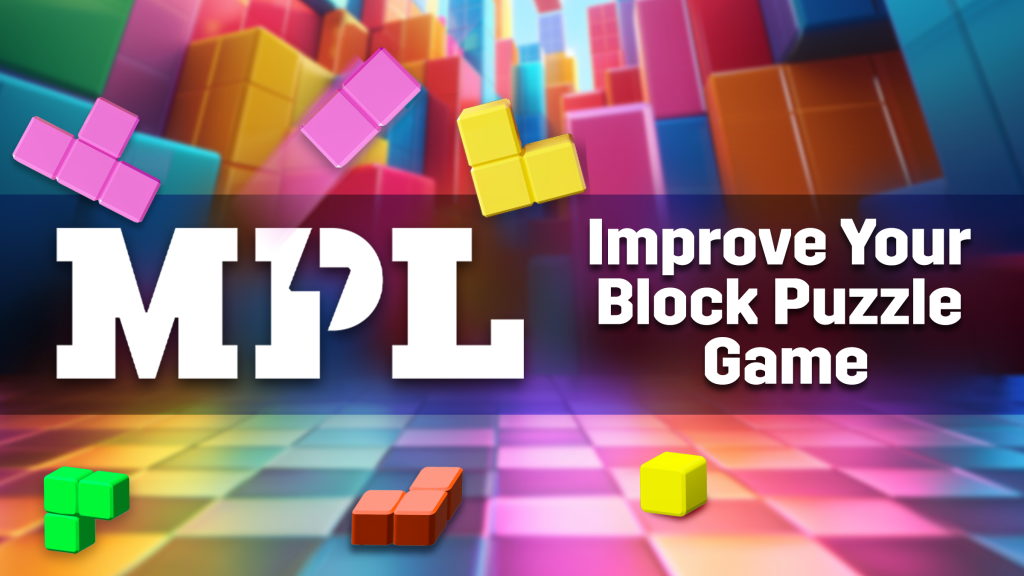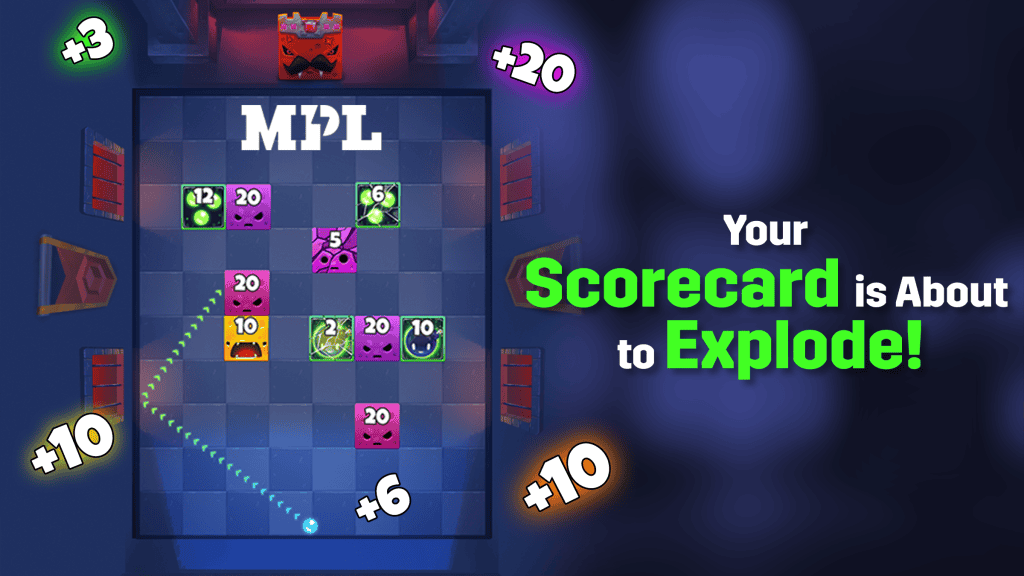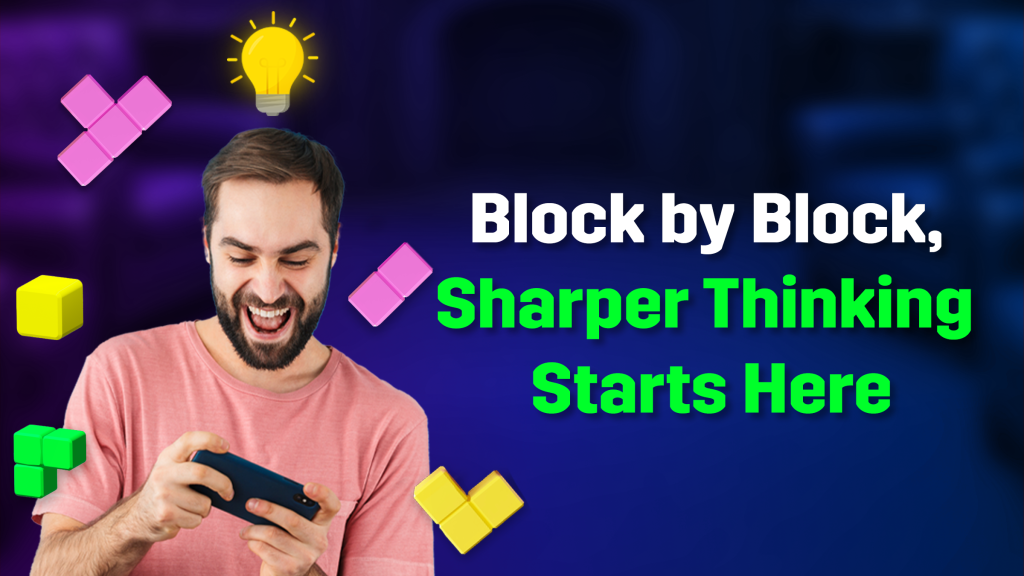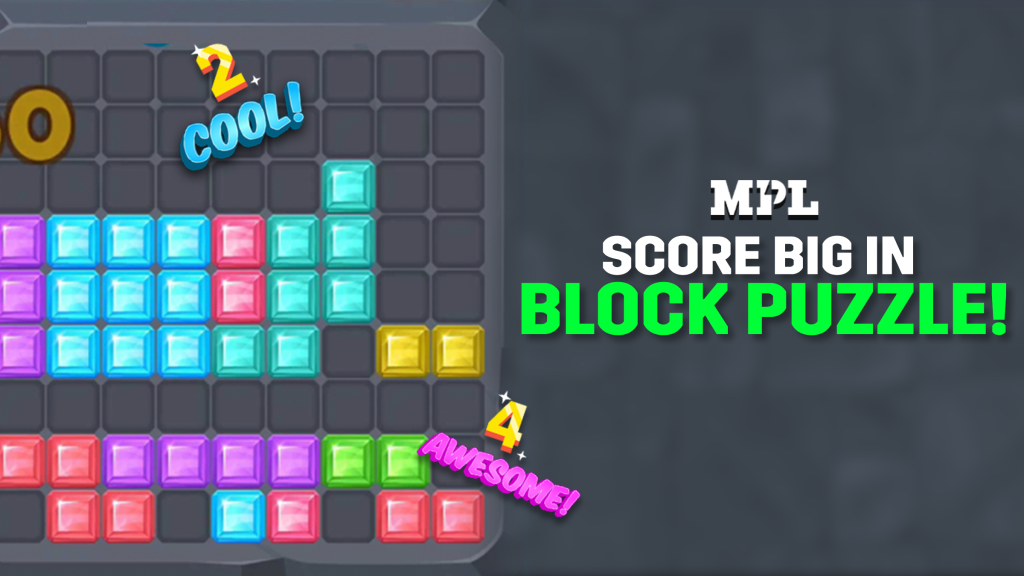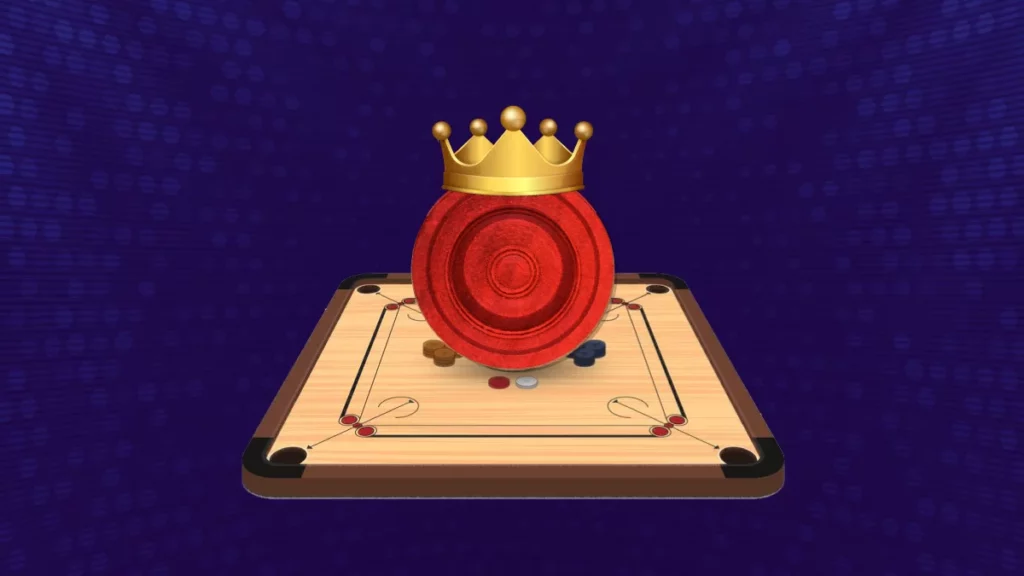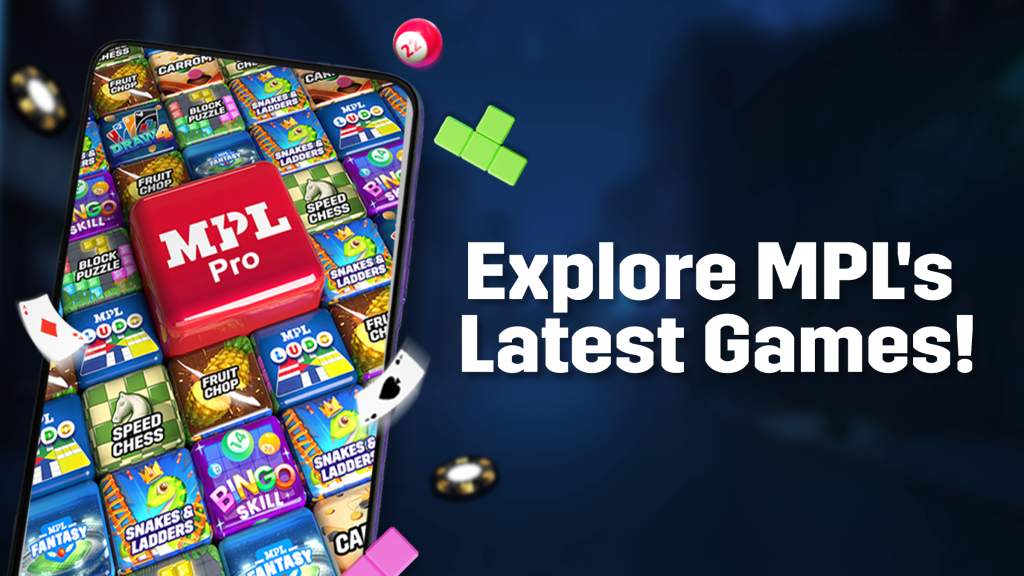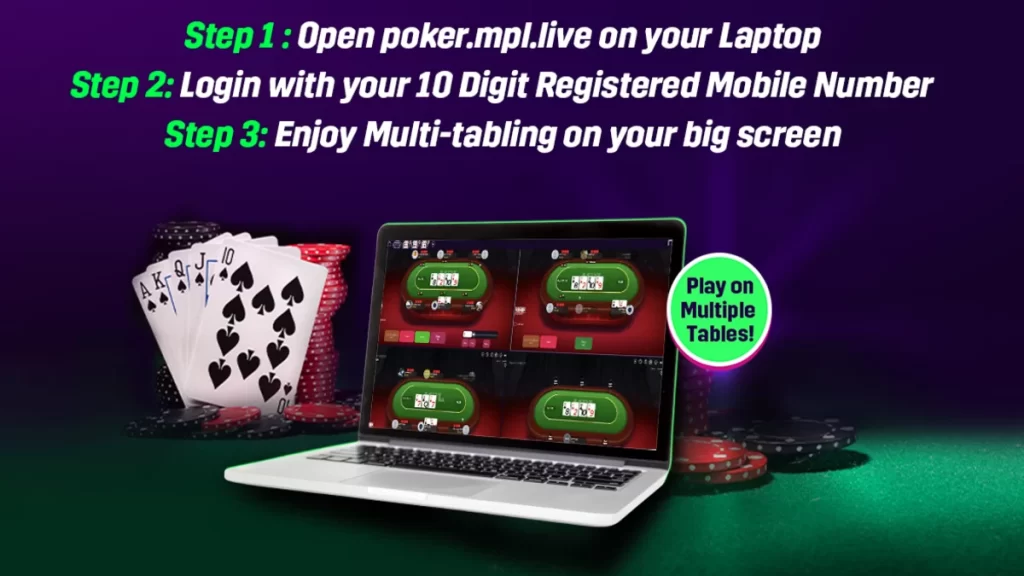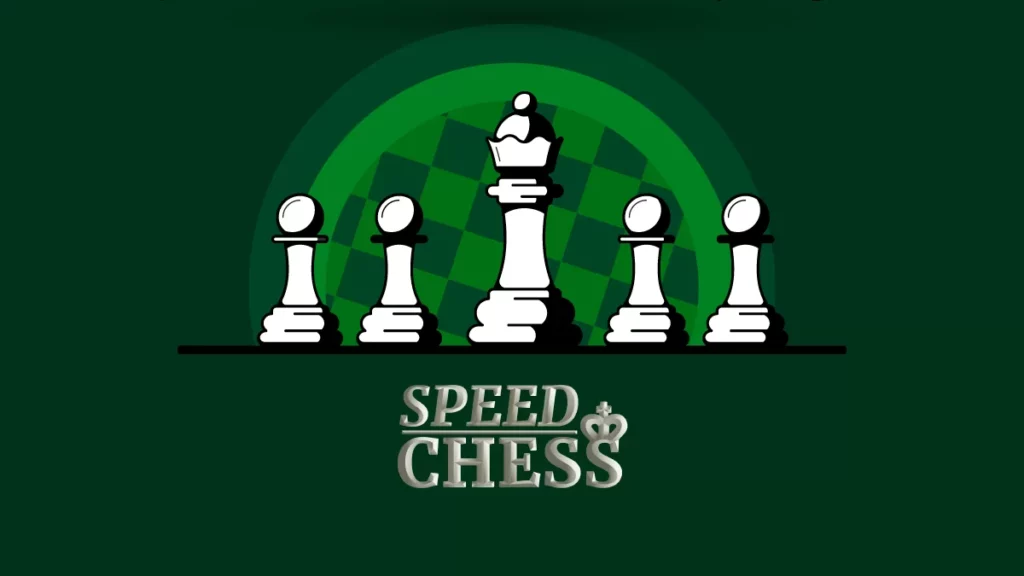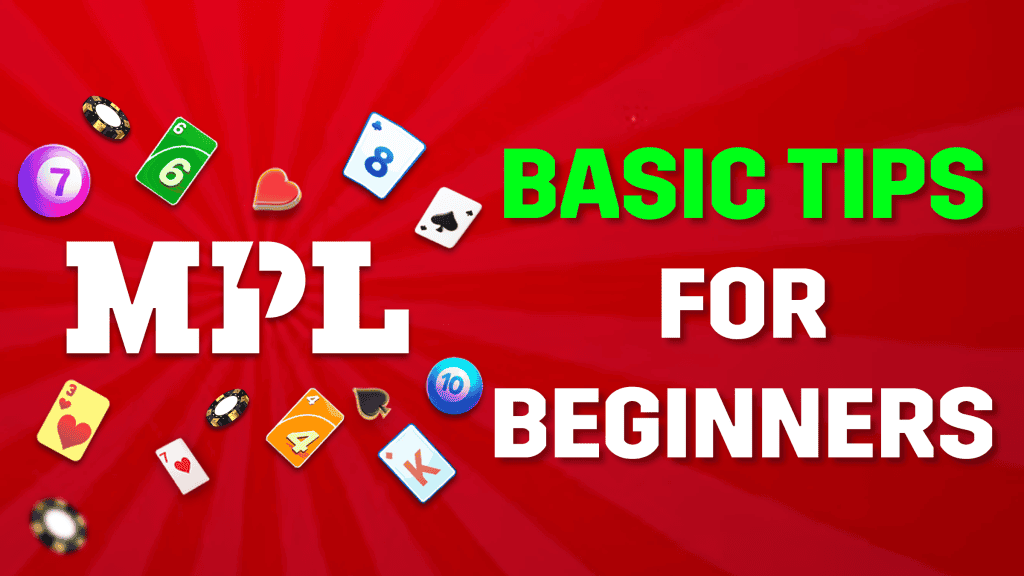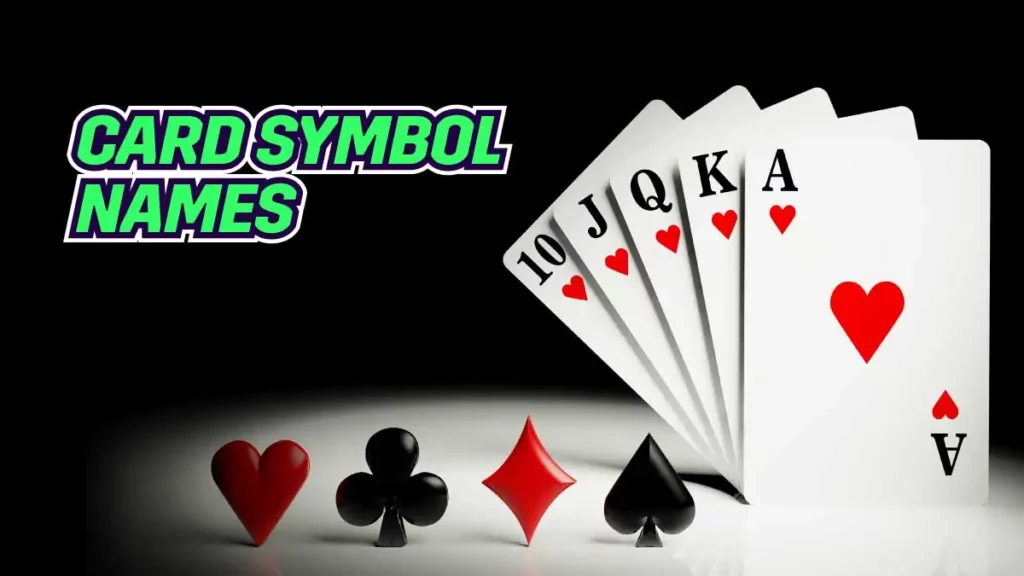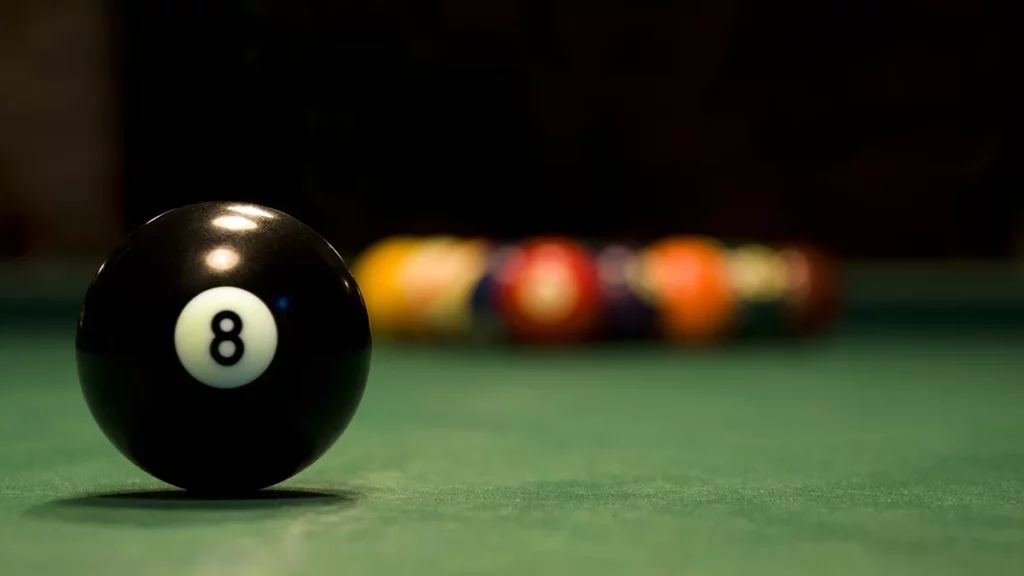Page Contents
ToggleBlock Puzzle on MPL is one of the most deceptively simple brain teasers out there, especially when you understand its core mechanics. The goal is to fit block shapes onto a 9×9 grid and draw precise lines to score points. But after a few rounds, many players notice the same pattern: a good start, then a cluttered board, and finally, an early game over.
If you’ve been wondering why your scores aren’t improving or why every round feels like a race against inevitable failure, you’re not alone. The good news is, those losses aren’t random. They’re often caused by a few common mistakes, all of which can be fixed with a more innovative approach. Many players assume Block Puzzle is all about speed or luck. But those who consistently win know it’s a strategy-first game, emphasizing effective puzzle game strategy. When the board starts filling up too quickly, or when there’s no space left for a key piece, it’s not bad luck; it’s often a breakdown in planning or space control.
5 Common Mistakes to Avoid in Puzzle Games like Block Puzzle
Understanding what you’re doing wrong is the first step toward fixing it and will encourage you to continue playing in a Block Puzzle game. In this section, we break down the most frequent reasons players lose in MPL’s Block Puzzle and offer actionable tips and strategies to turn those mistakes into high scores.
Mistake 1: Placing Blocks Without Looking at All Three Pieces
One of the most common errors is reacting too quickly to the first block you see. Each round presents three blocks simultaneously, adding to the challenge of effective gameplay. Dropping the first one without considering how the next two will fit often leads to wasted space or blocked zones.
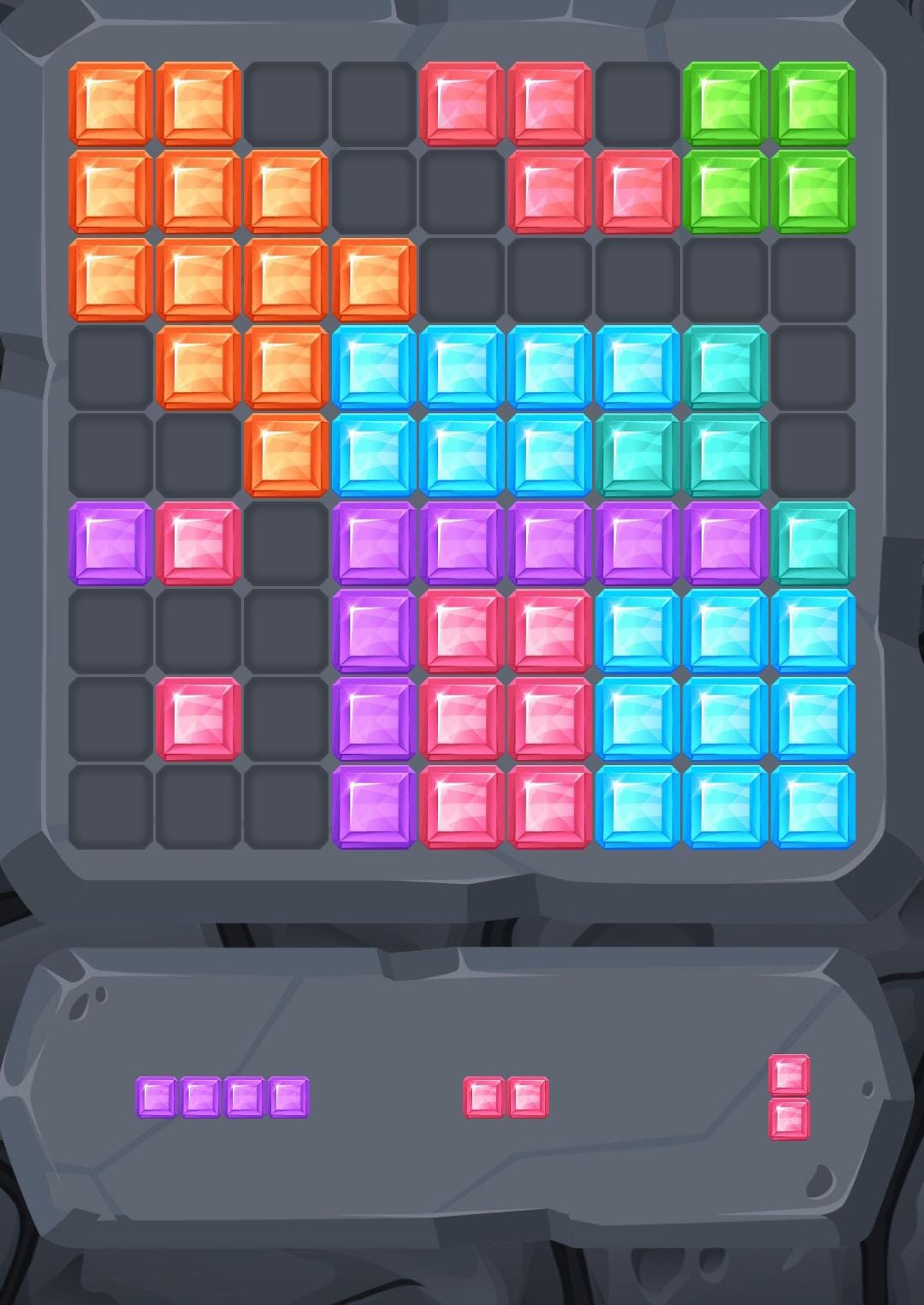
How to fix it?
Finding the right balance between speed and strategy is crucial. Continually assess all three shapes before placing any of them. Start with the most difficult or awkward block, such as a 3×3 square or long line, and build the rest of your move around it. This improves board flexibility and leaves room for future combos.
Mistake 2: Focusing on Filling Instead of Clearing
Players often get into the habit of simply filling gaps, which they should try to steer clear of. But, Block Puzzle is about clearing lines, which is a key aspect of solving puzzle games like this effectively. If you’re not consistently completing rows or columns, the board becomes more crowded, and your options shrink fast, making it essential to focus on clearing lines .
How to fix it?
Make clearing the line your top priority to complete more combos and maximize your score . Position blocks in ways that set up future clears, ideally multiple at once. The more combos you trigger, the more space you create, and the higher your score climbs.
Mistake 3: Ignoring the Corners and Edges
Many players build in the middle of the board, often ignoring the edges. This leads to an unbalanced grid, with tricky elements and shapes left with nowhere to go.
How to fix it?
Understanding the difficulty of the board setup is the first step. Place small or L-shaped blocks in corners and along the edges first. Reserve the center for larger, more flexible placements, such as the 3×3 square. Keeping a clean edge improves structure and makes it easier to build clearly, enhancing your overall gameplay .
Mistake 4: not saving space for large pieces
A long bar or a 3×3 square can end your game if there’s no room left, as these elements require careful placemen . Most players forget to account for these until it’s too late.
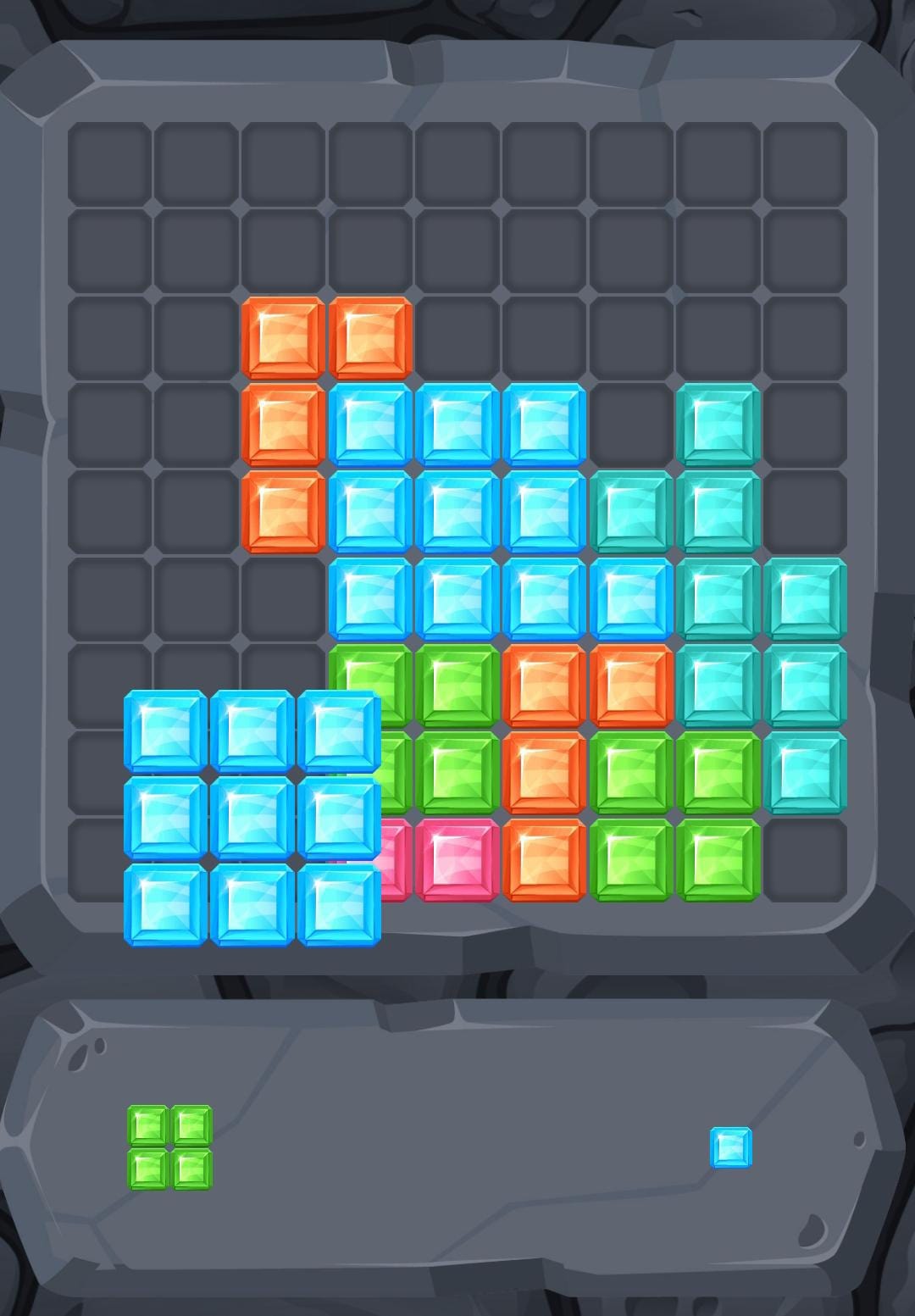
How to fix it?
Keep at least one open area on the board that can accommodate the most significant available block, especially those featuring bright colors . If a 3×3 appears in your preview, hold space for it, even if it means skipping an easy filler. This habit alone can extend your round by dozens of moves.
Mistake 5: ignoring rhythm and rushing
When the timer starts, it’s tempting to rush and place pieces quickly. However, this often leads to sloppy placements and missed opportunities for clears.
How to fix it?
Slow down and find a rhythm. Think of it as a pattern: place, plan, clear, repeat. Focus on staying balanced rather than playing fast. This calm tempo helps avoid clutter and makes each move more deliberate.
What is the Psychology of Losing Early in Block Puzzle?
Beyond gameplay mechanics, many losses happen because of mindset. Players panic when the board starts filling up, make rash decisions, or hesitate too long waiting for the perfect piece. The key is to stay present, which is essential for giving players a better gaming experience . Not every move will be perfect, but every smart move adds up. High scores are built on consistency, not perfection.
Proven Strategies for Puzzles that Turn the Game Around
If you’re ready to break the losing streak, here are some Block Puzzle tips used by top players:
- Preview all blocks before making any placement
- Prioritize clear setups over just filling space
- Use corners and borders to offload tricky shapes
- Keep the center open for combos and large blocks
- Don’t hesitate to restart if the board feels unsalvageable
Conclusion
Losing in MPL’s Block Puzzle isn’t about bad luck; it’s usually about small decisions made early in the round. By understanding where things go wrong and making a few smart changes, players can turn short games into long streaks and low scores into leaderboard wins. Every loss is a chance to learn. Every move is a chance to reset the board. And every round is a fresh opportunity to play better.
So the next time you start a round, take a breath, preview your pieces, and build with purpose. The game rewards those who think ahead, and now you’re ready to do precisely that.
FAQs (Frequently asked questions)
Q1. Why does my game end even when there’s space left?
If none of the three blocks can be placed on the grid, the round ends, even if some space is still visible. Always keep at least one open area for larger shapes.
Q2. Is speed important in puzzle games like Block Puzzle?
Not as much as control. While the game is timed, playing with precision and strategy leads to higher scores than rushing and making random placements.
Q4. What’s the best way to handle a bad board in a puzzle game like this?
If the board is cluttered and there’s no clear path to combos, consider restarting early due to the crucial difficulty of the current setup. It’s better to start fresh than to waste time on an unfixable setup.
Q5. Do combos in a Block Puzzle game make a big difference in scoring?
Yes. Clearing more than one line in a single move is a trick that earns extra points and opens up more space. Combos are key to building momentum.

